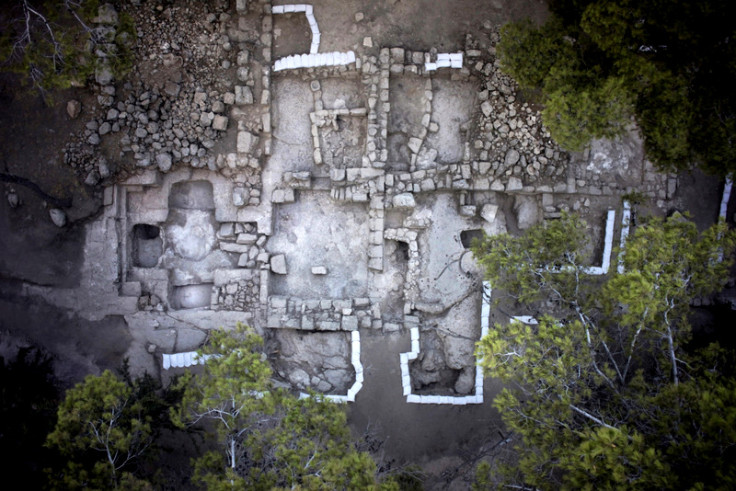Has the Israeli Antiquities Authority discovered the Tomb of the Maccabees?

The Israeli Antiquities Authority (ISA), along with volunteers, has identified what it believes to be the Tomb of the Maccabees – a burial site of the upper hierarchy of Jewish rebels who fought against the Greek rule. The Maccabees, according to historical sources, were the leaders of the rebel army that took back Judea from the Seleucid Empire in 165 BC.
The band of fighters allegedly consisted of Matityahu the Hasmonean and his five sons, who originated from the ancient city of Modi'in in the second century BC. Archaeologists believe that they may have unearthed their burial ground now, also in Modi'in – situated between Jerusalem and Tel Aviv. "The aim of the archaeological excavation was to determine if there is any substance to the legends and stories that have sprung up around the Horbat Ha-Gardi site," said the ISA in a statement.
The site was first excavated 150 years ago in the mid-1800s, when several prominent archaeologists believed they had found the much sought-after burial ground, but excitement was quickly dampened by French archaeologist Charles Clermont-Ganneau, who discovered a cross in one of the burial vaults and proclaimed that the site belonged to the Christians. The site was subsequently abandoned, but Clermont-Ganneau did write: "It is possible that this structure was built by the Christians so as to commemorate the burial place of the Holy Maccabees, since they were exalted saints in the eyes of Christianity. It is quite possible that in the future unequivocal evidence will be found indicating the site is the place where the Maccabees were buried".
However, the ISA recently took it upon itself to re-excavate the site and believe that they made the right choice in doing so, as evidence mounts that it could have been to burial place for the Maccabees. Amit Re'em and Dan Shahar, excavation directors on behalf of the ISA, said in a statement: "There is no doubt that the structure that was uncovered is unusual. The descriptions from 150 years ago were revealed right here in front of our eyes, and we discovered the magnificent burial vaults, enormous pillars that apparently supported a second storey, a forecourt that led to the tomb and other associated buildings.
"To our disappointment, the building seen by our predecessors had been robbed, and its stones were taken to construct settlements in the vicinity; nevertheless, the appearance of the place is impressive and stimulates the imagination. The archaeological evidence currently at hand is still insufficient to establish that this is the burial place of the Maccabees. If what we uncovered is not the Tomb of the Maccabees itself, then there is a high probability that this is the site that early Christianity identified as the royal funerary enclosure, and therefore, perhaps, erected the structure. Evidently one cannot rule out the assumptions of the past, but an excavation and a lot of hard work are still required in order to confirm that assumption unequivocally, and the riddle remains unsolved–the search for the elusive Tomb of the Maccabees continues".
© Copyright IBTimes 2024. All rights reserved.






